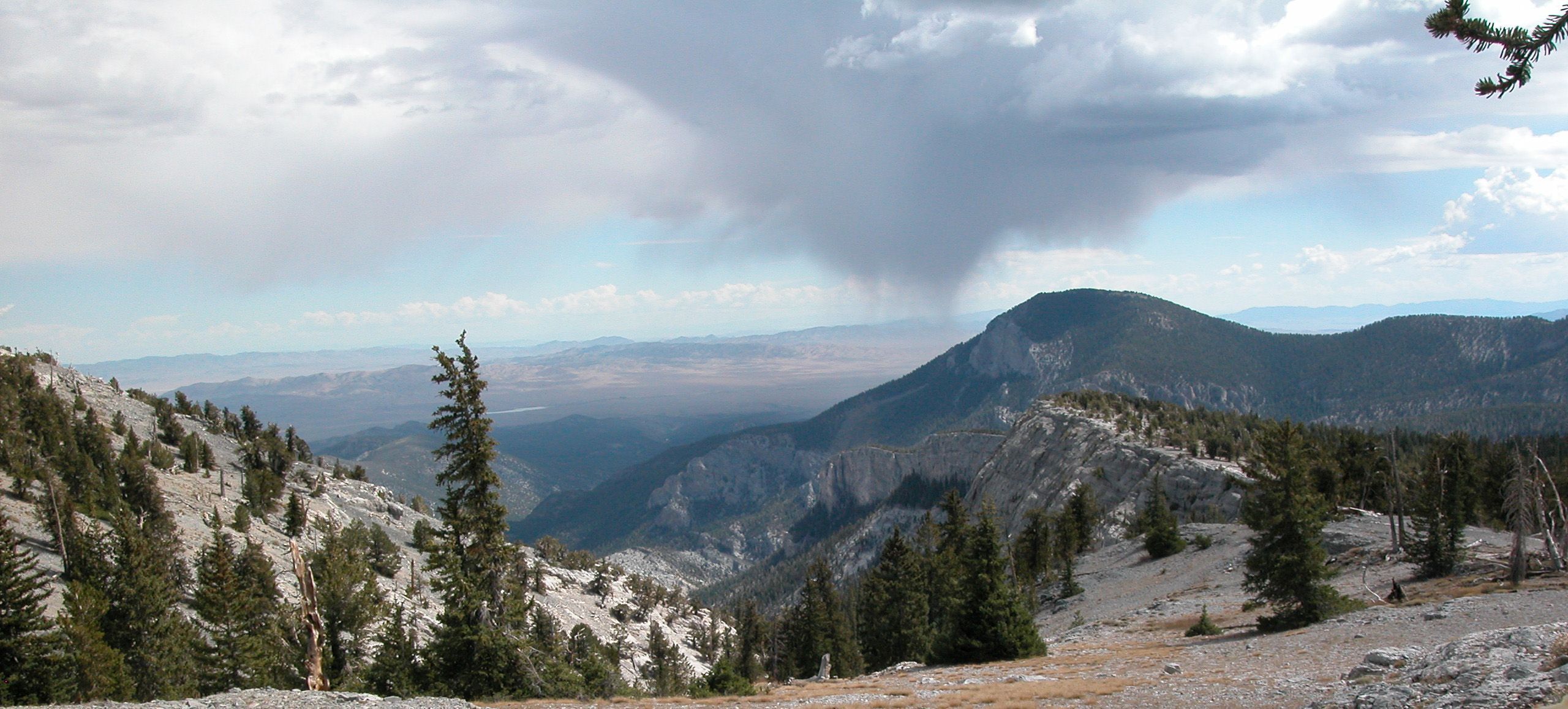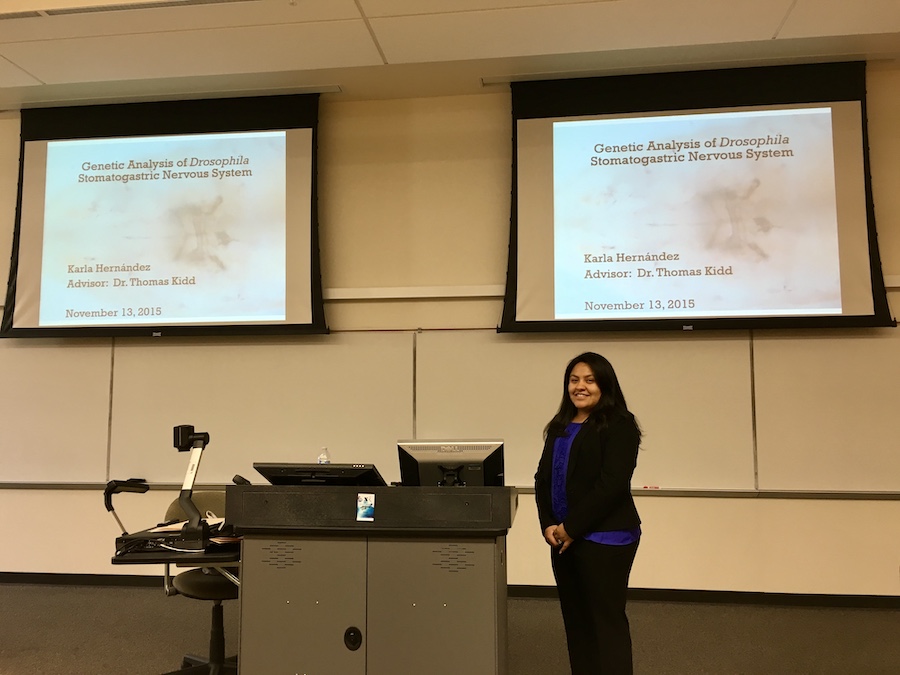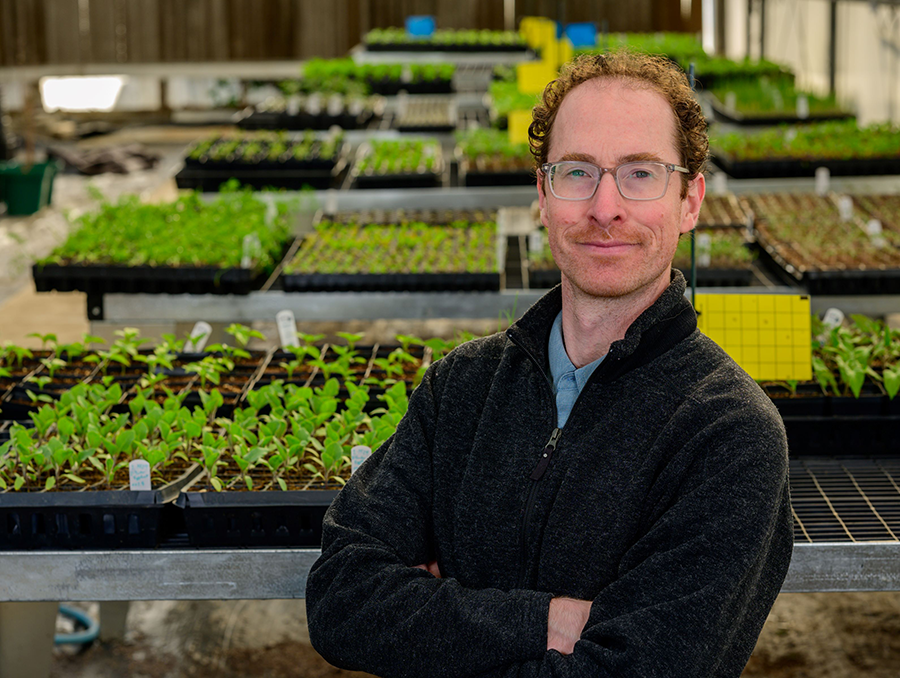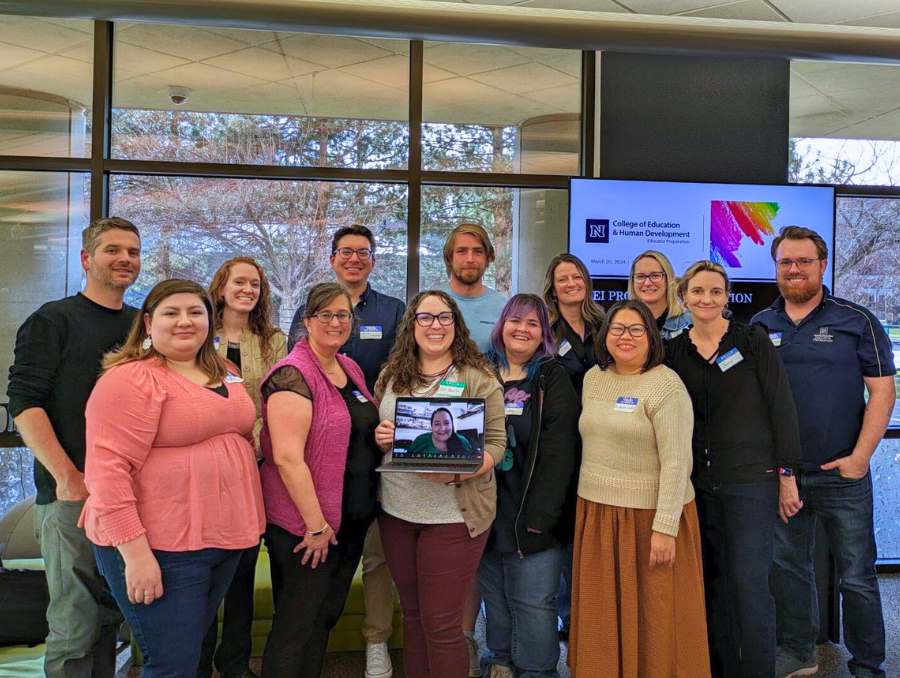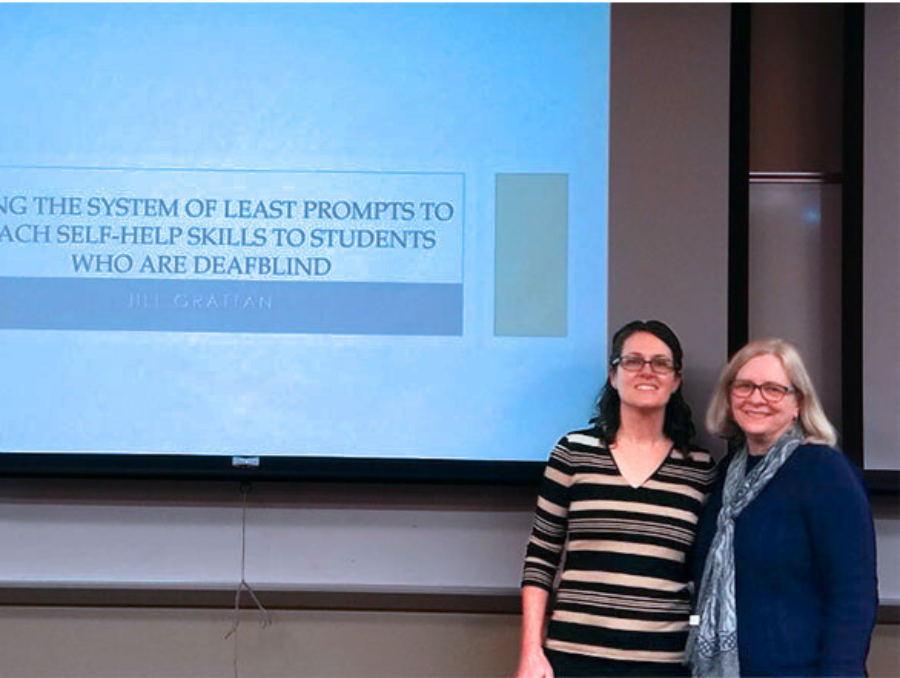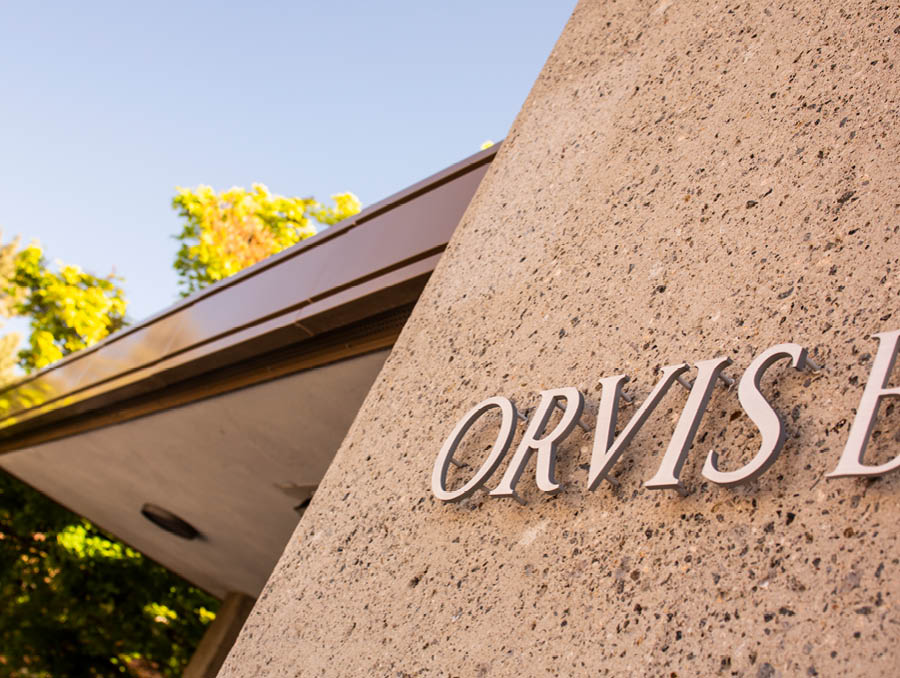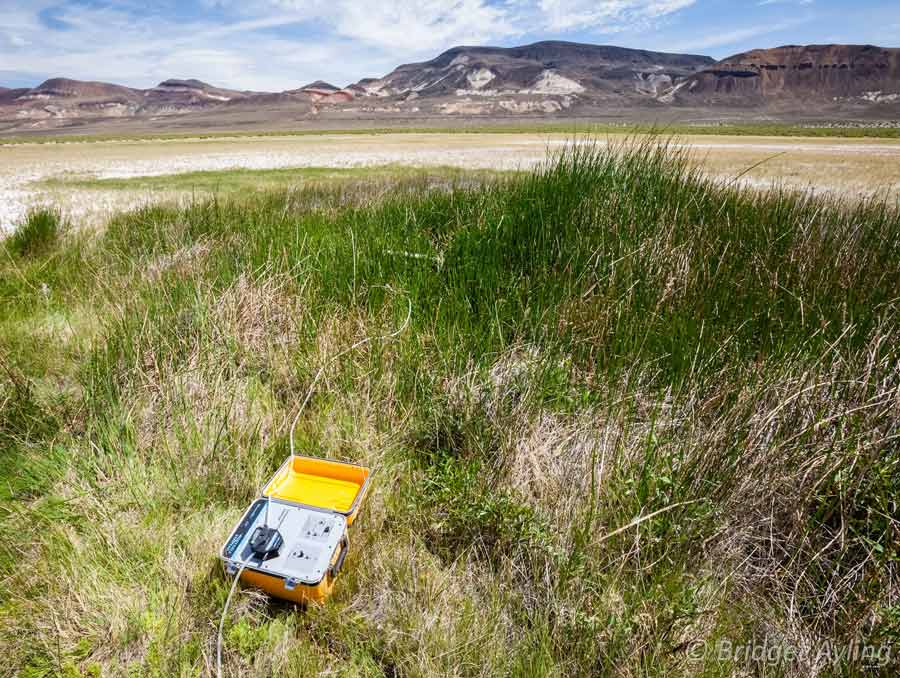The Great Basin features a range of ecosystems and natural features at varying elevations, plus a surprising number of plant and tree species. With the possible development of a Spring Valley Field Station, there may be greater opportunity to study the diverse, high-desert setting of the Great Basin, which encompasses much of Nevada.
University of Nevada, Reno Professor Franco Biondi has been awarded a National Science Foundation program-planning grant to explore the establishment of a Field Station for research- and academic-oriented fieldwork that could potentially take place at three Spring Valley sites in close proximity to Great Basin National Park in Nevada's White Pine County. The possible sites are located on land owned by the Long Now Foundation in the Snake Range. Through an existing collaboration with the Long Now Foundation, the University currently administers three environmental monitoring stations on the sites.
The NSF grant recognizes the opportunity for long-term work at the site. This certainly fits with the mission of the Long Now Foundation, a nonprofit organization dedicated to fostering long-term thinking and responsibility within the framework of the next 10,000 years.
"This is a timeless landscape, and the remarkable people here reflect that," Stewart Brand, president of the Long Now Foundation, is quoted as saying on the foundation's website. "That's the attraction. We have to be careful to protect that, just as Great Basin National Park does."
The three environmental-monitoring stations currently in place at the Spring Valley sites were established in 2008 as part of the Nevada Climate-ecohydrological Assessment Network (NevCAN) with the support of a National Science Foundation Experimental Program to Stimulate Competitive Research (EPSCoR) award to the Nevada System of Higher Education.
The initial NevCAN network of 13 total monitoring stations collects long-term climate and ecological data across two mountain ranges in the Great Basin. The long-term viability of this project is helped through integration of its stations into the larger Internet-based network of the Nevada Seismological Laboratory that also monitors hazards such as earthquakes and wildfires.
The data collected through this network contribute to research being conducted at many institutions, including the University of Nevada, Reno, University of Nevada, Las Vegas and Desert Research Institute, and at many agencies such as the United States Geological Survey. Biondi is one of the many researchers using the data from the network.
Trees are the subject of Biondi's research. His study of the cellular structure of trees builds on the science of tree rings and is contributing to better understanding how climate, forests and landscapes interact. His laboratory, the DendroLab at the University of Nevada, Reno, has been funded by NSF for doing this kind of wood-anatomy research.
The biodiversity and range of elevations in the Great Basin makes it ideal to intersect with Biondi's work. For example, one of the proposed Field Station sites is home to bristlecone pines, the world's longest living tree. Neighboring Great Basin National Park is well known for its bristlecone pines, with some older than 4,000 years.
Field stations are typically multidisciplinary and collaborative, and the potential new Field Station is envisioned as connecting with many areas of study important to the Great Basin, including the study of water, soil, vegetation, habitat and range management, as well as the arts and history. Through an upcoming planning workshop, scientists and researchers from the University of Nevada, Reno and other universities will join local and regional stakeholders to discuss future possibilities. The group of about 30 will convene Aug. 21-26 at the Hidden Canyon Retreat adjoining the National Park.
The Organization of Biological Field Stations describes field stations as living libraries and outdoor laboratories for students, researchers and the general public interested in the environment. The University of Nevada, Reno administers a number of field stations including the Main Station Field Lab in east Reno, Valley Road Field Lab in Reno, Gray Ranch in Reno, Gund Ranch in Nevada's Eureka County, Newlands Research Center in Fallon, Whittell Forest/Little Valley Field Station in Nevada's Carson Range and Jay Dow Sr. Wetlands in Herlong, California.
